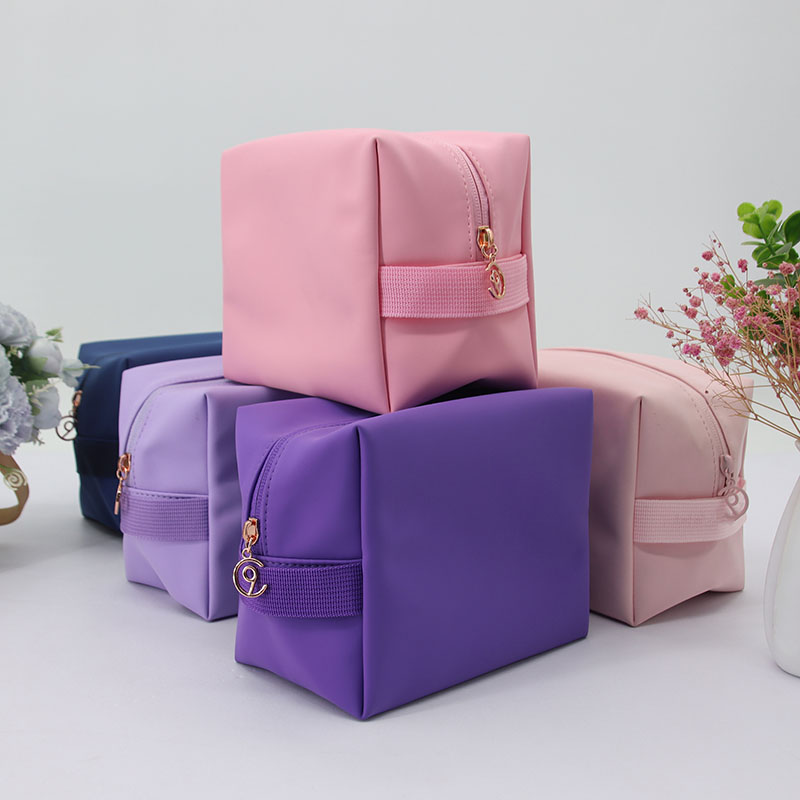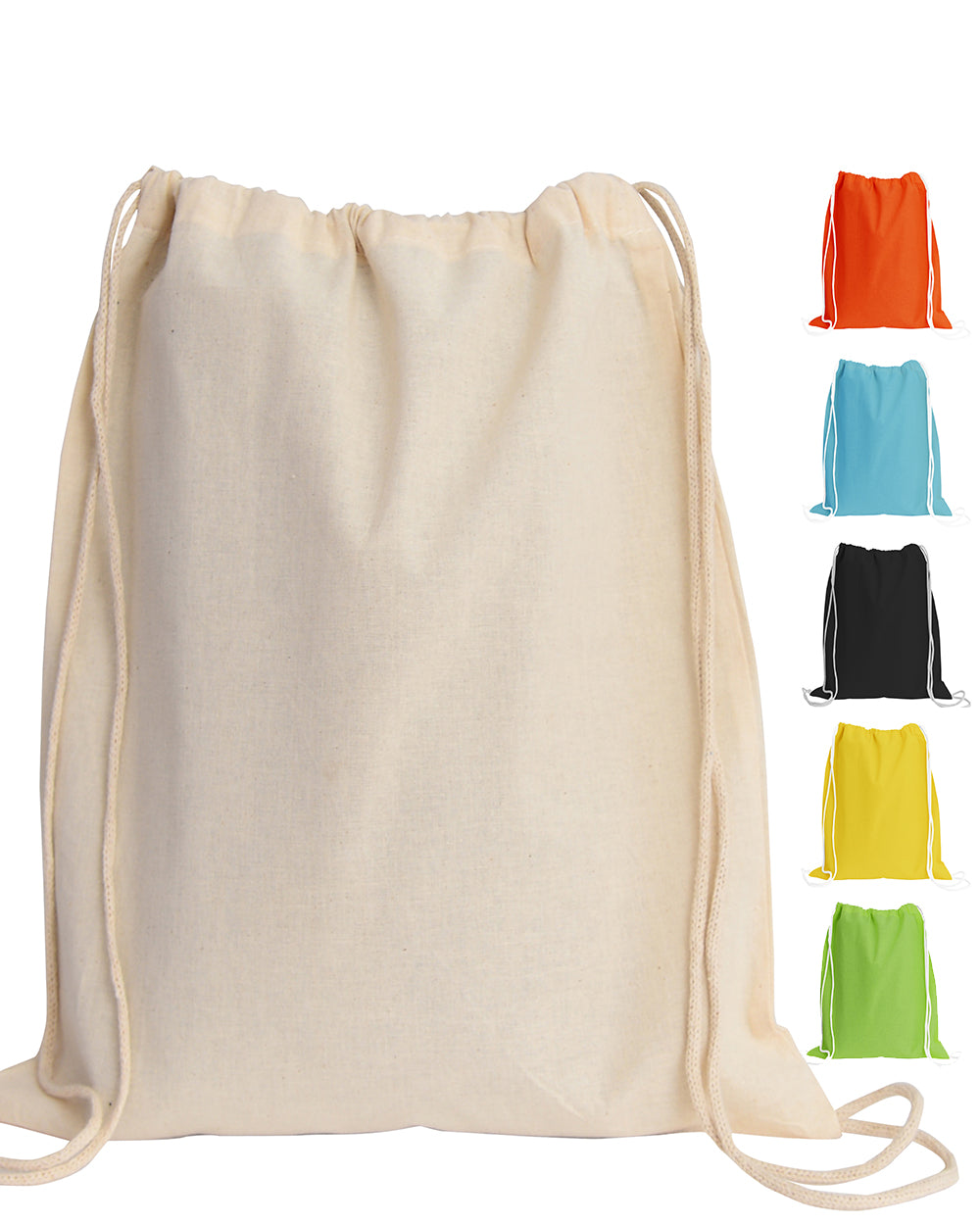Vegetable-tanned leather is a traditional material crafted using natural tannins from plants. It’s known for its durability and ability to develop a unique patina.
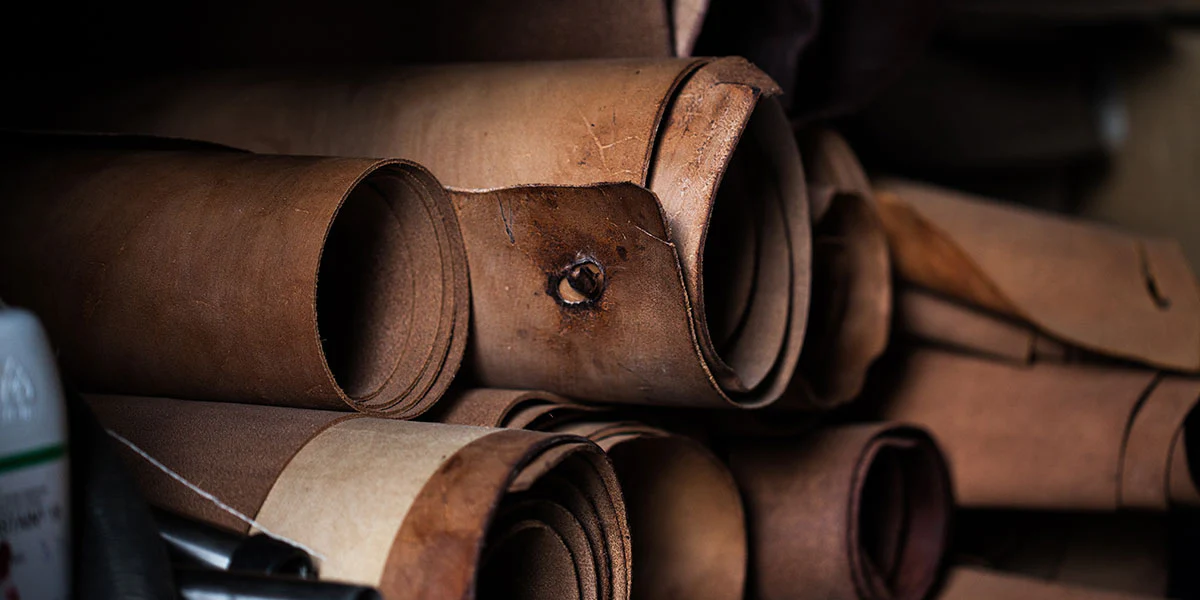
Table of Contents
- Understanding the Essence of Vegetable-Tanned Leather
- How Is Vegetable-Tanned Leather Made?
- What Are the Defining Characteristics of Veg-Tan Leather?
- Why Choose Vegetable-Tanned Leather? The Key Advantages
- How Does Veg-Tan Compare to Chrome-Tanned Leather?
- Caring for Your Vegetable-Tanned Leather Goods
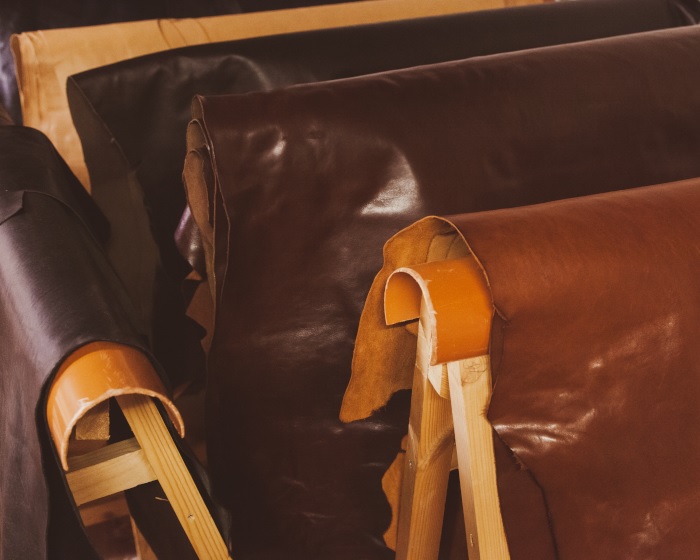
Understanding the Essence of Vegetable-Tanned Leather
Vegetable-tanned leather, often called veg-tan, represents a pinnacle of leather crafting, a method that has been refined over centuries. It is a material that tells a story, not just of its own creation but of the life it lives with its owner. Unlike modern, faster tanning methods, vegetable tanning relies exclusively on organic matter. The process uses natural tannins—polyphenols found in tree bark, leaves, roots, and fruits—to convert raw animal hides into a stable, durable, and beautiful material. This ancient technique is a testament to patience and a deep respect for natural processes.
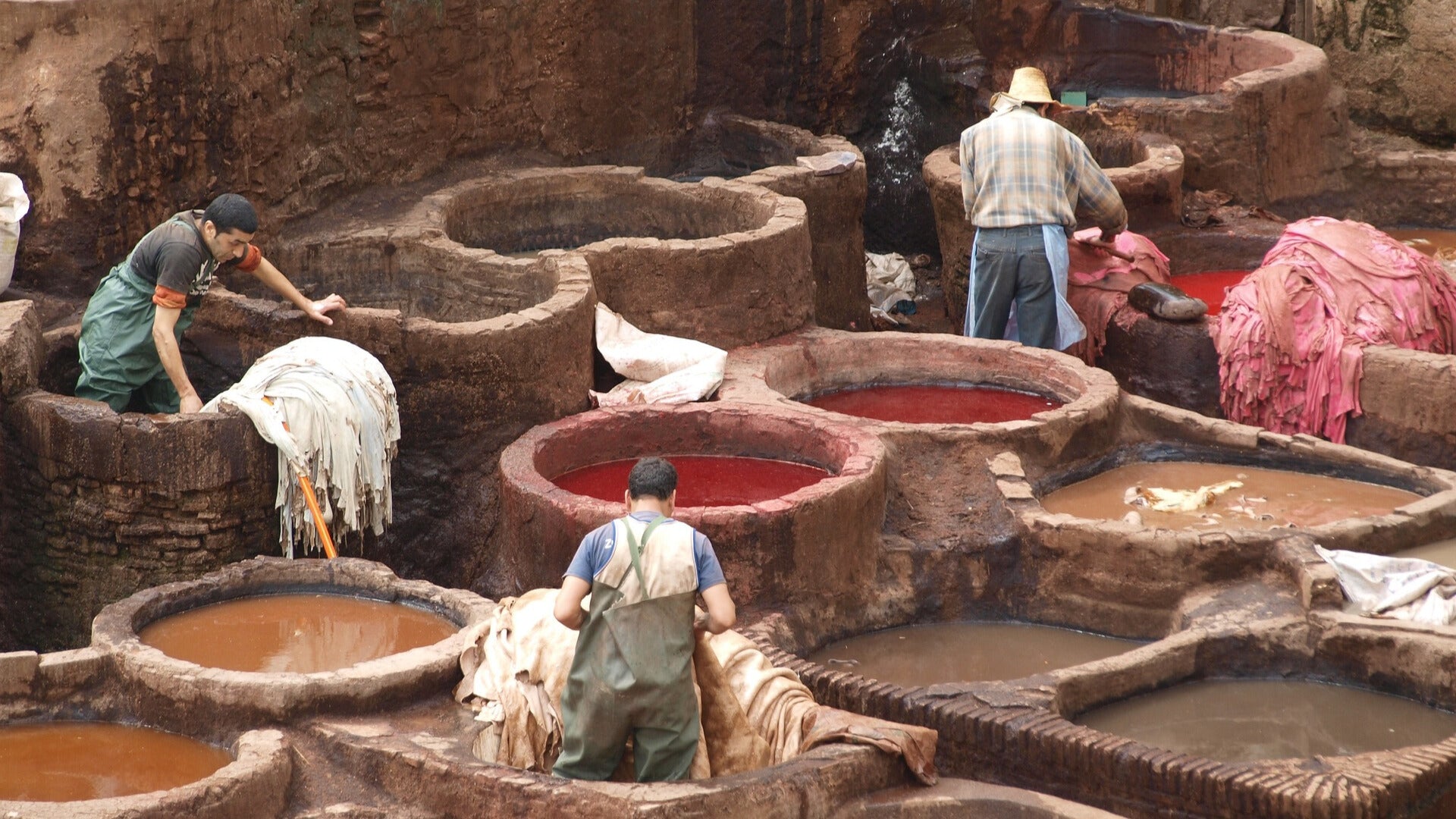
The core philosophy behind vegetable tanning is one of slow, deliberate transformation. The tannins gradually penetrate the hide’s fiber structure, displacing water and bonding with the collagen proteins. This creates a leather that is robust, breathable, and full of character. Because no synthetic coatings are applied, the leather’s natural surface, with all its unique grain patterns and minor imperfections, remains visible. This authenticity is a hallmark of high-quality goods, signifying a product that is as unique as the hide it came from.
How Is Vegetable-Tanned Leather Made?
The creation of vegetable-tanned leather is a meticulous and time-intensive craft that cannot be rushed. It begins with carefully selected raw hides, which are first prepared by removing hair and flesh. Once cleaned, the hides are submerged in a series of vats or pits filled with a liquor of concentrated natural tannins. Artisans often use a blend of tannins from sources like oak, chestnut, quebracho, and mimosa bark, each imparting slightly different colors and properties to the final leather.
The hides spend weeks, and sometimes months, in these tanning solutions. They are moved progressively through vats with increasing tannin concentrations, allowing for slow and thorough penetration. This gradual process ensures that the leather becomes fully preserved and stabilized from the inside out. After tanning, the hides are removed, naturally dried, and then “staked” or softened. Finally, they are finished with a blend of oils and waxes to condition the material and enhance its natural beauty. This entire journey, driven by artisanal skill rather than industrial speed, results in a material of exceptional quality.
What Are the Defining Characteristics of Veg-Tan Leather?
Vegetable-tanned leather is easily distinguished by a collection of sensory and physical traits. These characteristics are not flaws but rather celebrated features that signify its authenticity and superior quality. They are the reasons why discerning consumers and expert craftspeople seek out this remarkable material.
The Unique Patina Development
Perhaps the most cherished characteristic of vegetable-tanned leather is its ability to develop a patina. Patina is the beautiful sheen and darkening that occurs on the leather’s surface over time through use and exposure to the elements. Sunlight, body oils, moisture, and daily handling all contribute to a gradual transformation, creating a unique story embedded in the material. A new, light-tan wallet will slowly deepen into rich shades of caramel and brown, with areas of frequent contact becoming smoother and darker.
This evolving character is what makes each vegetable-tanned item truly personal. The way a Beldtura wallet molds to your pocket or a briefcase handle darkens from your grip cannot be replicated. It is a living finish that records your journey, making the product more beautiful with age, unlike synthetically finished leathers that can crack and peel.
Structural Firmness and Feel
Vegetable-tanned leather typically has a firmer, more substantial hand-feel compared to other types of leather. Its dense fiber structure gives it excellent body and structural integrity, making it ideal for products that need to hold their shape, such as sturdy belts, structured bags, and durable wallets. While it may feel stiff initially, it breaks in beautifully with use, becoming more supple and comfortable without losing its form.
This inherent sturdiness also makes it an excellent medium for tooling, carving, and embossing. The leather holds detailed impressions exceptionally well, allowing artisans to create intricate and lasting designs. It is the material of choice for traditional leatherworking and high-end saddlery for precisely this reason.
A Distinctive Natural Aroma
One of the most immediate and pleasant characteristics of vegetable-tanned leather is its scent. It possesses a rich, sweet, and earthy aroma derived directly from the natural tannins used in its creation. This fragrance is complex and woody, entirely different from the chemical smell often associated with mass-produced leathers tanned with chromium salts. The scent is a constant reminder of the leather’s organic origins and the traditional craftsmanship behind it.
Why Choose Vegetable-Tanned Leather? The Key Advantages
Selecting a product made from vegetable-tanned leather is an investment in quality, sustainability, and timeless style. The benefits extend far beyond its initial appearance, offering long-term value that other materials cannot match.
Unmatched Durability and Longevity
Thanks to the slow and thorough tanning process, vegetable-tanned leather is exceptionally strong and durable. The dense fibers can withstand decades of use, resisting stretching and tearing. When properly cared for, items made from this material don’t just last—they endure. A well-made wallet from Beldtura, crafted from full-grain vegetable-tanned leather, isn’t just an accessory; it’s an heirloom in the making, designed to be passed down through generations.
An Environmentally Conscious Method
Vegetable tanning is an environmentally friendly process rooted in sustainability. It utilizes natural, renewable resources and avoids the use of harmful heavy metals like chromium, which is prevalent in modern, faster tanning methods. The wastewater from tanneries is biodegradable and easier to treat. Furthermore, because the leather is an organic material, it is fully biodegradable at the end of its long life, returning to the earth without leaving a toxic footprint.
A Timeless, Artisanal Appeal
There is an undeniable aesthetic appeal to vegetable-tanned leather. Its natural, warm tones and visible grain connect it to a legacy of authentic craftsmanship. Each piece is unique, reflecting the skill of the tanner and the craftsperson who shaped it. Owning a vegetable-tanned product is an appreciation of artistry and a rejection of the disposable, mass-produced culture. It represents a commitment to items that are made with purpose and designed to be cherished.
Hypoallergenic Properties
Because vegetable-tanned leather is made without synthetic chemicals or heavy metals, it is an excellent choice for individuals with sensitive skin. Products that come into direct contact with the body, such as watch straps or belts, are far less likely to cause irritation or allergic reactions when crafted from this natural material.
How Does Veg-Tan Compare to Chrome-Tanned Leather?
To fully appreciate the qualities of vegetable-tanned leather, it is helpful to compare it to its most common alternative: chrome-tanned leather. Chrome tanning was developed during the industrial revolution and now accounts for over 90% of the world’s leather production due to its speed and low cost. The table below highlights the key differences.
| Feature | Vegetable-Tanned Leather | Chrome-Tanned Leather |
|---|---|---|
| Tanning Agents | Natural tannins from plants (bark, leaves) | Chromium salts (a heavy metal) |
| Process Time | 30-60 days (or more) | 1-2 days |
| Aging & Patina | Develops a rich, beautiful patina over time | Finish is consistent; does not develop a patina |
| Feel & Temper | Firmer and more structured; softens with use | Softer and more pliable from the start |
| Aroma | Rich, earthy, and natural | Often has a chemical or artificial smell |
| Environmental Impact | Biodegradable; uses renewable resources | Produces toxic wastewater; not biodegradable |
Caring for Your Vegetable-Tanned Leather Goods
Proper care is essential to maximizing the life and beauty of your vegetable-tanned leather items. While durable, the material is more susceptible to water and staining than its chrome-tanned counterpart. A little attention goes a long way in preserving its integrity.
Initially, limit exposure to heavy rain. If your item does get wet, allow it to air dry naturally away from direct heat sources. For long-term care, periodic conditioning is recommended. Apply a high-quality leather conditioner or natural balm with a soft cloth every few months, or whenever the leather looks dry. This will replenish the natural oils, keep the leather supple, and help it develop a beautiful, even patina. With simple, consistent care, your vegetable-tanned leather goods will not only last a lifetime but will become more beautiful with every passing year.

